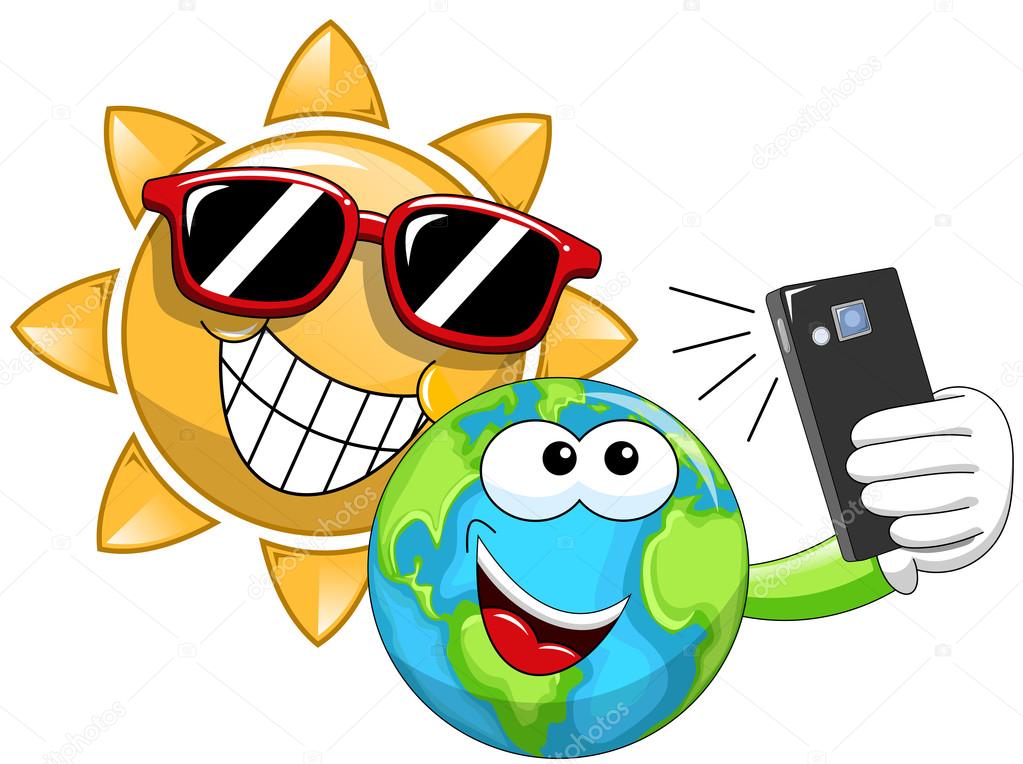The sun is the central source of light and heat in this solar system. Since the beginning of humans, the sun has also been a source of historical, religious, and scientific inspiration. Because the sun is so important to all of us...humans and critters alike...it has been studied more than any other object in the universe, next to planet Earth. From here on earth, the sun looks like a yellow-white globe of light in the sky. It is 150 million kilometers away from us, give or take a few million, and lies in the part of the Milky Way galaxy known as Orion Arm. The best time to observe the sun is during a total solar eclipse and it does require using a special solar filter on your telescope.
"Gravity is the force that keeps planets orbiting inside the solar system. The sun's surface gravity is 274.0 m/s2 (squared). By comparison, Earth's gravitational pull is 9.8 m/s2. People riding on a rocket near the surface of the Sun and trying to escape its gravitational pull would have to accelerate at a speed of 2,223,720 km/h to get away." YIKES! That's some gravitational pull! Solar wind, the constant stream of particles that the sun emits, bathes all of the planets in radiation. (Not a bath I'd want to take!) But this "wind" is an invisible connection between the Sun and all other planets and is the driving force behind seasonal changes. I did not know this! This "wind," here on Earth, affects currents in the oceans, our day-to-day weather, and our long-term climate.
As might have guessed, the Sun is massive in volume. Alone, it contains most of the mass of the solar system....a whopping 99.8% of all the mass of the planets, rings, moons, asteroids, and comets combined! So just how large is the Sun? At its equator, it measures an astounding 4,379,000 km. More than 1,300,000 Earths would fit inside it. Kinda makes you feel small, doesn't it?
The Sun is a ball of super-heated gas. Its materials are divided into layers, kind of like an onion. The core of the Sun is heated to more than 15 million degrees. The Sun's own gravity helps to balance out the pressure from its core heat, which helps it to keep its spherical shape. Otherwise, it might look like some sort of blob. Scientists consider the Sun to be a dwarf, compared to other stars in the galaxy. Its age is approximately 4.6 billion years old, which puts it in the middle-age category. Some stars are nearly as old as the universe itself, 13.7 billion years old, the Sun is considered to be a second-generation star. Some of its materials came from other stars that are now long gone. The Sun formed in a cloud of gas and dust about 4.6 billion years ago. "It began shining as soon as its core started fusing hydrogen to create helium. It will continue this fusion process for another five billion years or so. Then, when it runs out of hydrogen, it will start fusing helium. At that point, the Sun will go through a radical change. Its outer atmosphere will expand, which will likely result in the complete destruction of planet Earth." But with five billion years left for planet Earth, I have to ask myself what can we all do to make sure that she remains as healthy and vibrant well into old age? I believe we all know the answer to that. It's a simple word called R-E-S-P-E-C-T. Earth Day is coming up next month. This might be a good time to start thinking about how we can really show love and respect for our planet on her personal Mother's Day...and every day of the year.

 RSS Feed
RSS Feed